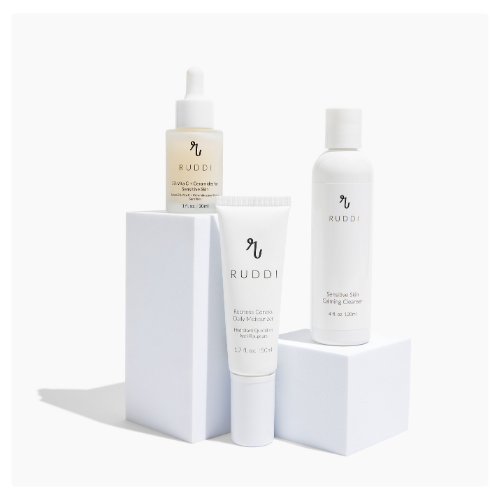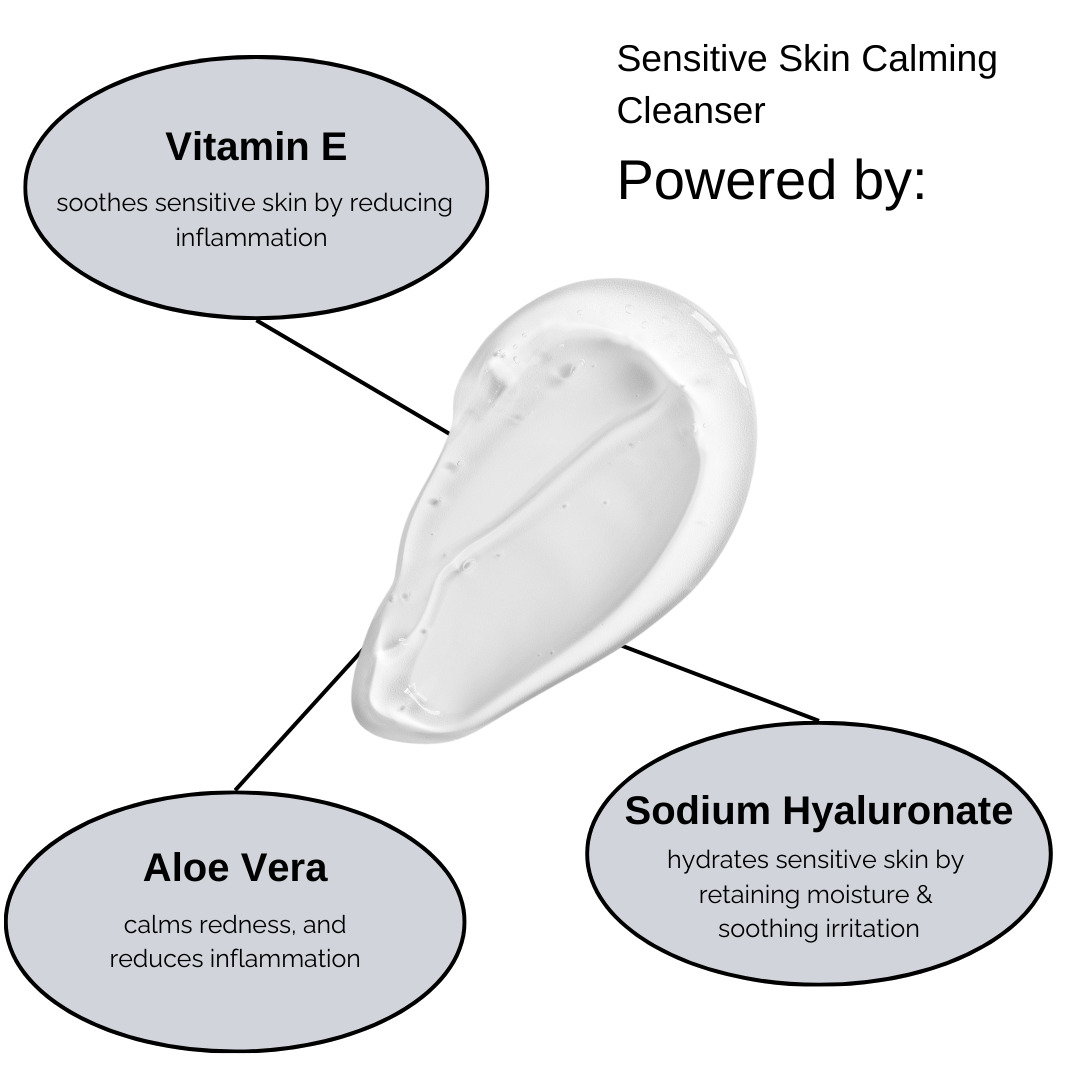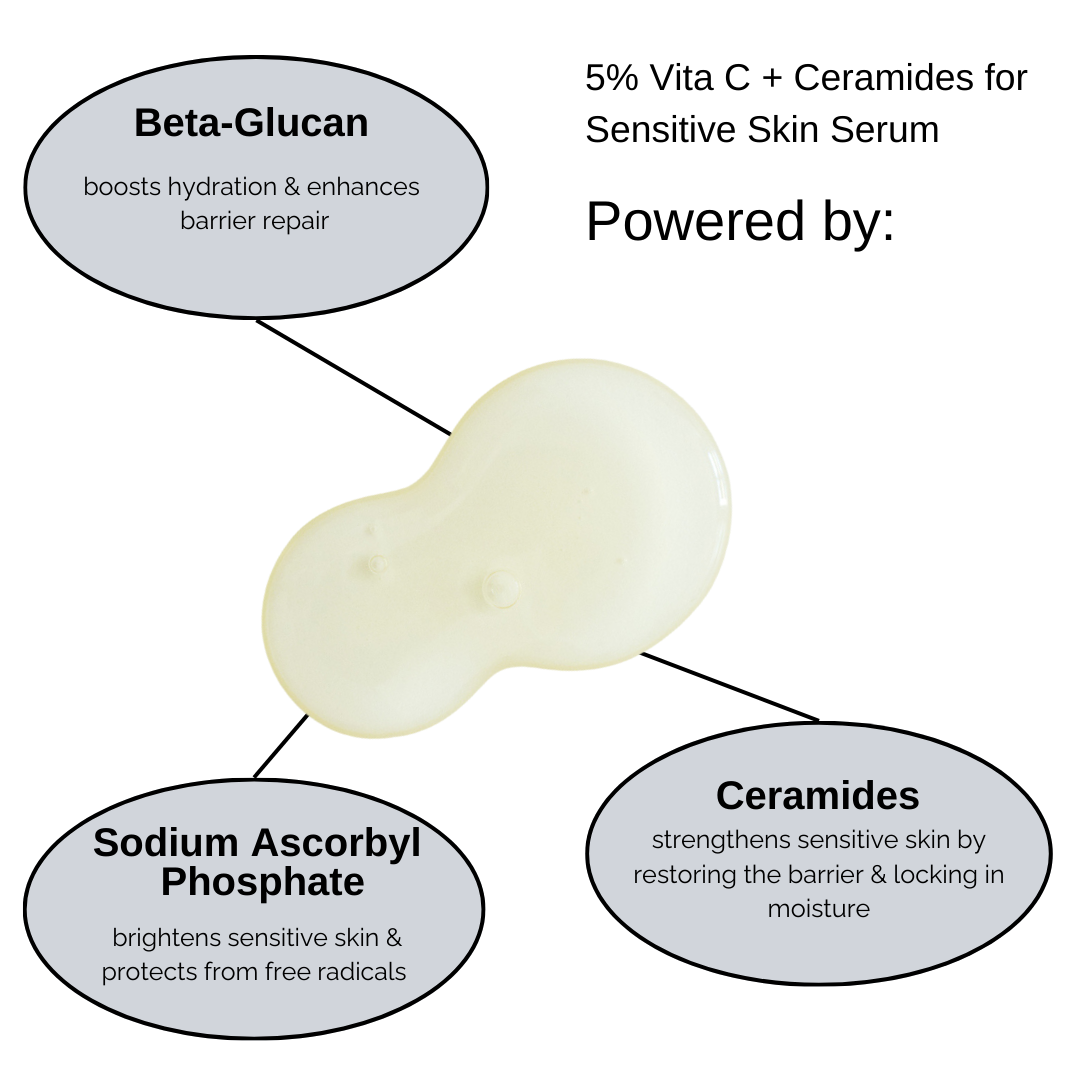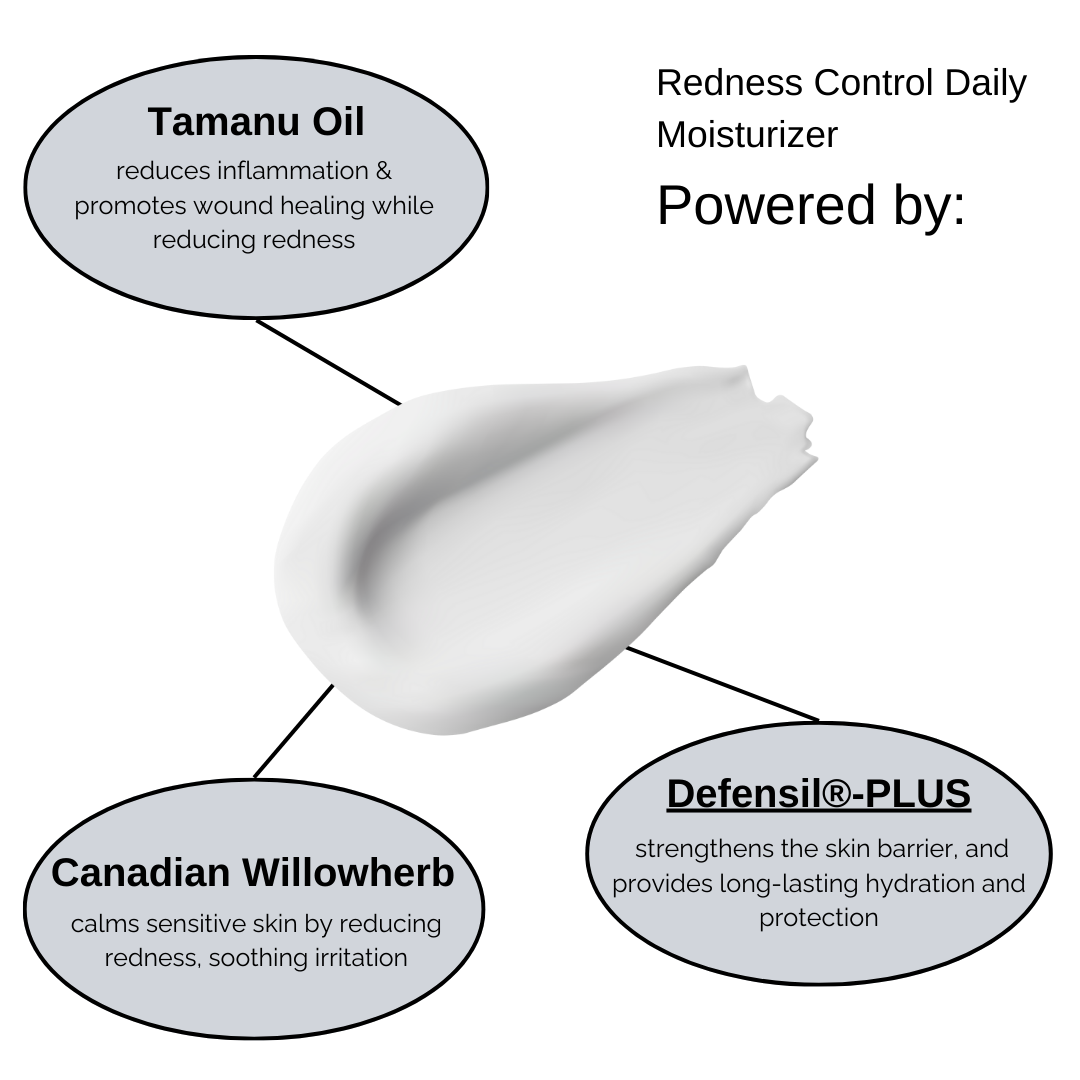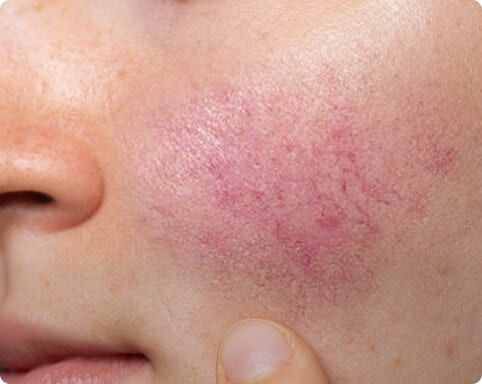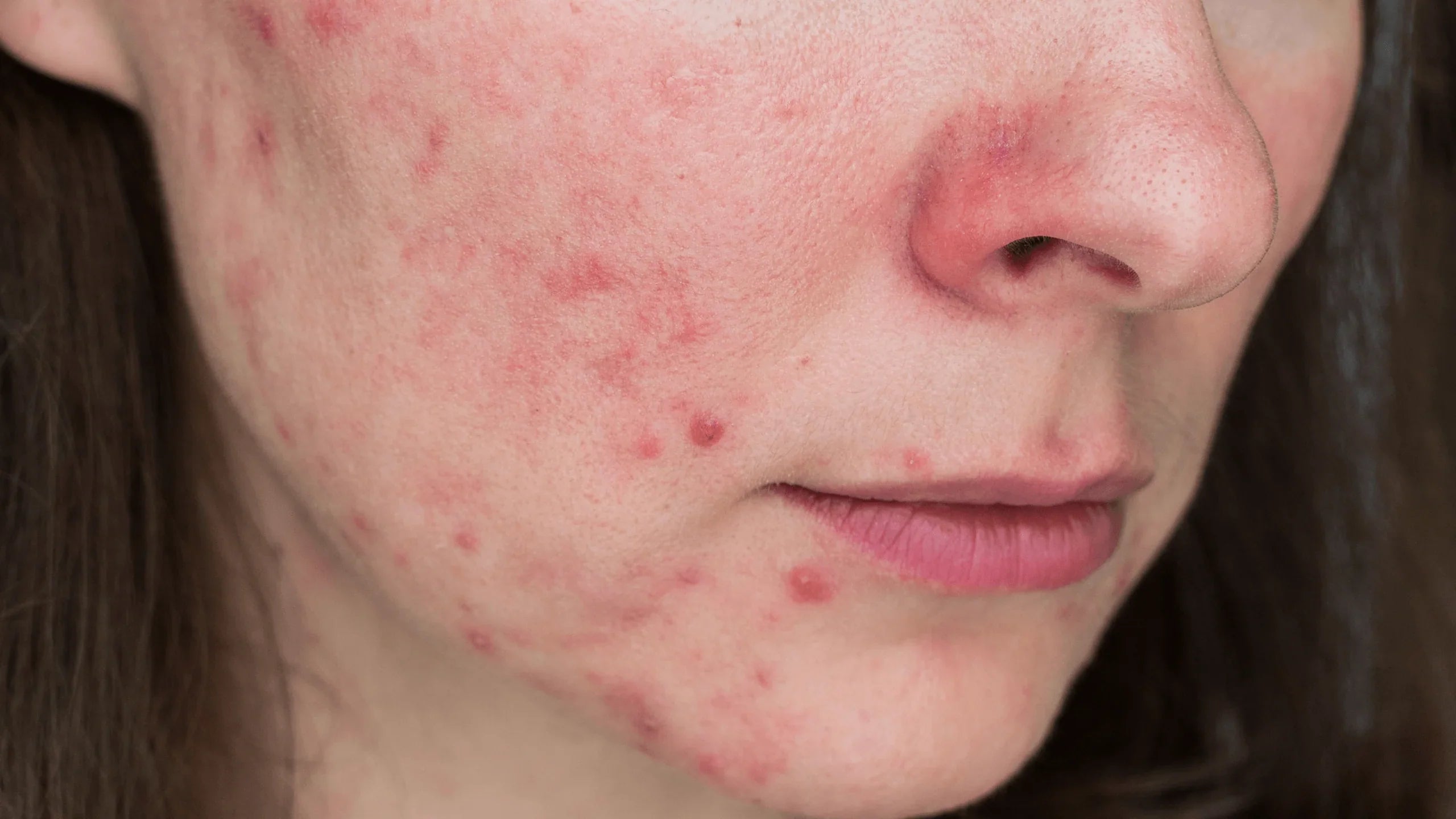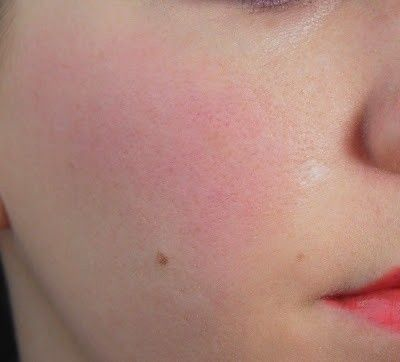
Rosacea Subtype 1: Everything you need to know
Rosacea affects millions of people worldwide.
It is characterized by redness and flushing on the face, along with small red bumps and pus-filled pimples. There are different types or subtypes of rosacea, each with its own unique set of symptoms.
In this post, we will go over subtype one – Erythematotelangiectatic Rosacea.
Erythematotelangiectatic Rosacea (ETR) is the most common subtype of rosacea, affecting up to 75% of people with the condition. ETR is characterized by flushing and persistent redness on the nose, cheeks, forehead, and chin. In addition to this, people with ETR often also experience visible blood vessels on the face, a condition called telangiectasia.
The redness and flushing associated with ETR are often triggered by various factors, such as sunlight exposure, changes in temperature, emotional stress, and certain foods and drinks. These triggers can vary from person to person, and identifying them can be helpful in managing the symptoms of ETR.
One of the most challenging aspects of ETR is its unpredictable nature. Flushing and redness can occur suddenly, making it difficult for people with this condition to plan activities or even leave the house. Many people with ETR report feeling self-conscious about their appearance, which can have a significant impact on their quality of life.
Despite its challenges, there are treatments available for ETR. Topical medications like metronidazole and azelaic acid can help reduce redness and inflammation, as well RUDDI Redness Control. Laser therapy, which uses intense pulses of light to target broken blood vessels, is another treatment option. In some cases, oral antibiotics may be prescribed to help manage symptoms.
It's worth noting that rosacea is a chronic condition, meaning that there is no cure for ETR. However, with the right treatment and management, most people with this subtype of rosacea can live relatively normal lives.
Erythematotelangiectatic Rosacea can be a challenging condition to manage, but with the right treatment, it is possible to reduce redness, inflammation, and other symptoms. Identifying triggers and avoiding them whenever possible, along with working with a healthcare professional, can help manage the symptoms and improve quality of life for those living with ETR.

